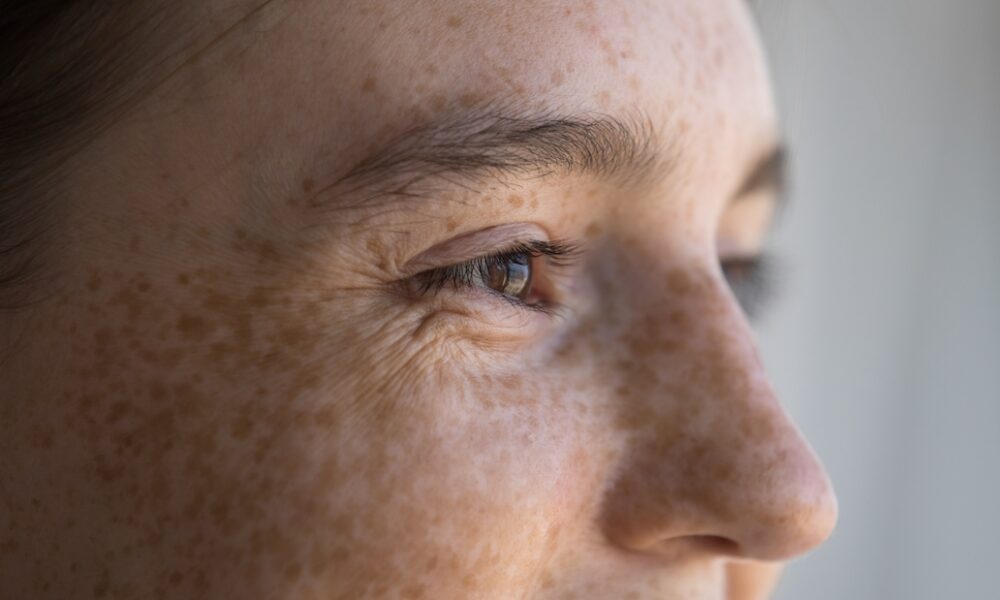Drug addiction can run in families due to a combination of genetic, social, and environmental factors rather than being a simple matter of willpower or morality. Research from the NIH highlights addiction as a complex brain disease that rewires reward and decision-making pathways, leading to compulsive substance use despite negative consequences. Family history increases vulnerability through inherited genes and exposure to trauma, early substance use, or living in environments where addiction is present. Adolescents are particularly at risk because of their developing brains and home influences. While certain genes are linked to addiction, no single gene determines vulnerability, making addiction’s presence in families a multifaceted issue involving both biology and environment.
Can Drug Addiction Run in the Family?
Addiction is often attributed to a failure of willpower or viewed as a moral shortcoming, but decades of research tell a different story. National Institutes of Health (NIH) research shows that addiction is a complex brain disease that alters the critical neural pathways involved in how the brain rewards behaviors, makes decisions, and handles emotions. The brain is rewired to crave the substance and prioritize its use, despite adverse consequences to a person’s physical health, mental health, career, and relationships.
While anyone can be impacted, drug addiction can run in the family due to genetic, social, and environmental factors. Trauma, early substance use, or growing up around addiction can all increase a person’s vulnerability. Teens and adolescents can especially be at risk due to their developing brains and the activities they see at home. Dr. George Koob, director of NIH’s National Institute on Alcohol Abuse and Alcoholism, said, “Growing up with an alcoholic; being abused as a child; being exposed to extraordinary stress—all of these social factors can contribute to the risk for alcohol addiction or drug abuse. And with drugs or underage drinking, the earlier you start, the greater the likelihood of having alcohol use disorder or addiction later in life.”
It’s not entirely clear why some people experience addiction and others don’t. Research has shown that addiction runs in families, and certain types of genes have been linked to different forms of addiction, but “as with heart disease or diabetes, there’s no one gene that makes you vulnerable,” says Koob. Continue reading the following FAQs to learn more about the possibility of addiction running in the family.
FAQs: Can Drug Addiction Run in the Family?
What does it mean if a drug addiction seems to run in my family?
A disorder may be considered to “run in the family” when it affects more than one family member. In some cases, this can be due to inherited genes passed from parent to child, and could be present at birth, such as sickle cell disease. However, other disorders, such as drug addiction aren’t as straightforward. “Heritability” is a concept that describes how much of the variation in a given trait can be attributed to genetic variation, but it can change over time as circumstances change. According to MedlinePlus, “Heritability does not indicate what proportion of a trait is determined by genes and what proportion is determined by environment.” Research from the NIH reveals that “heritability estimates across substance use disorders vary, but broadly suggest that genetic influences account for approximately 50% of the risk.”
If a parent struggled with addiction, does that mean I will too?
Having a parent who struggled with addiction may increase your risk, but it certainly does not guarantee you will experience the same challenges. Genetics accounts for a portion of addiction vulnerability, but that alone does not mean you automatically will struggle with addiction. Environmental factors, life experiences, emotional regulation skills, and access to healthy support systems can all contribute to shaping a person’s experience with addiction.
If you are at increased risk for addiction because of your family history, simply being aware and making informed choices can really help. If you recognize that addiction has impacted your family, consider speaking with a counselor or therapist about it. Taking a proactive approach to learn about your parents’ addiction and to better understand how it may have impacted you directly or indirectly can help you avoid addiction and support you in living a healthy lifestyle.
Are some people more sensitive to drugs or alcohol?
Yes, some people are biologically more sensitive to drugs or alcohol due to inherited genetic factors. In the case of alcohol, it is estimated that between 50% and 60% of the vulnerability to alcohol use disorder (AUD) is inherited. This could show up in the way a person’s body metabolizes the substance, and as an increased risk of other health conditions, such as cancer. Other people may be more susceptible to the elements of addiction, such as how addiction impacts their neurotransmitter systems.
Differences in how the body metabolizes substances, how the brain responds to reward, and how a person tolerates stress or risk can all affect sensitivity. For example, some people may feel a stronger “high” from a small dose of alcohol or drugs, making them more likely to use those substances again. Others may have a slower metabolism, which can intensify side effects or increase the risk of harm. Mental health conditions, such as anxiety or depression, which are also influenced by genetics, can increase a person’s risk for addiction when substance use feels like a form of relief. This sensitivity doesn’t mean someone will develop an addiction, but it may raise their risk.
How can I tell if my addiction is influenced by family history?
Addiction is complicated, and it is not always easy to pinpoint the exact cause. Family history can offer important clues, and if you have multiple relatives—especially “first-degree relatives” such as parents or siblings—who have struggled with substance use, it could suggest a genetic predisposition. You might also notice similar behavioral patterns, like difficulty managing stress, impulsivity, or emotional regulation. Addiction counselors can help you explore these patterns using a detailed family health history, and they may ask about substance use in first-, second, and third-degree relatives. Even if your environment differs from your family’s past, biological factors can still influence how your brain responds to drugs or alcohol. Recognizing this influence can help you approach recovery with greater self-compassion and seek out personalized treatment that addresses both your history and your current needs.
Addiction Treatment from Buddy’s Ranch
Buddy’s Ranch provides a safe and structured environment where individuals can begin the healing process from substance use with the support of compassionate professionals and evidence-based care. Located in scenic northern California, our gender-specific residences offer separate, nurturing spaces for men and women to focus on their recovery without distractions. Our program supports individuals struggling with alcohol, opioids, fentanyl, cocaine, heroin, and prescription drug addiction.
Treatment often begins with medically supervised detox in a secure setting, where clients receive round-the-clock care and monitoring to manage withdrawal symptoms safely and comfortably. From there, clients may transition into our residential program, which includes personalized treatment plans, evidence-based therapies like cognitive behavioral therapy (CBT), life skills development, and community-building opportunities. We also help each person create an individualized aftercare plan to support long-term sobriety after treatment ends. Contact Buddy’s Ranch today to learn more.



